| Structure | Name/CAS No. | Articles |
|---|---|---|
 |
Formic Acid
CAS:64-18-6 |
|
 |
Methanol
CAS:67-56-1 |
|
 |
DPPH
CAS:1898-66-4 |
|
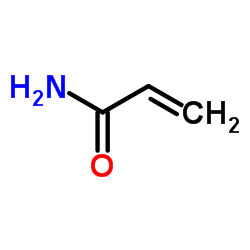 |
Acrylamide Crystals
CAS:79-06-1 |
|
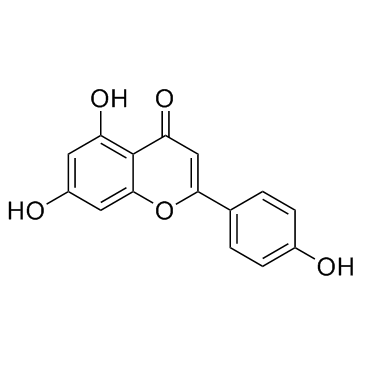 |
Apigenin
CAS:520-36-5 |
|
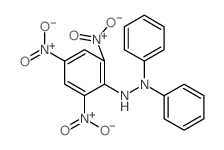 |
1,1-DIPHENYL-2-PICRYLHYDRAZINE
CAS:1707-75-1 |
|
 |
Luteolin
CAS:491-70-3 |
|
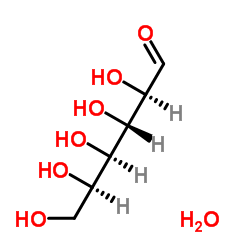 |
D-glucose monohydrate
CAS:14431-43-7 |
|
 |
2,3,5-Triphenyltetrazolium chloride
CAS:298-96-4 |
|
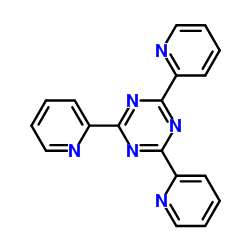 |
2,4,6-Tri(2-pyridinyl)-1,3,5-triazine
CAS:3682-35-7 |